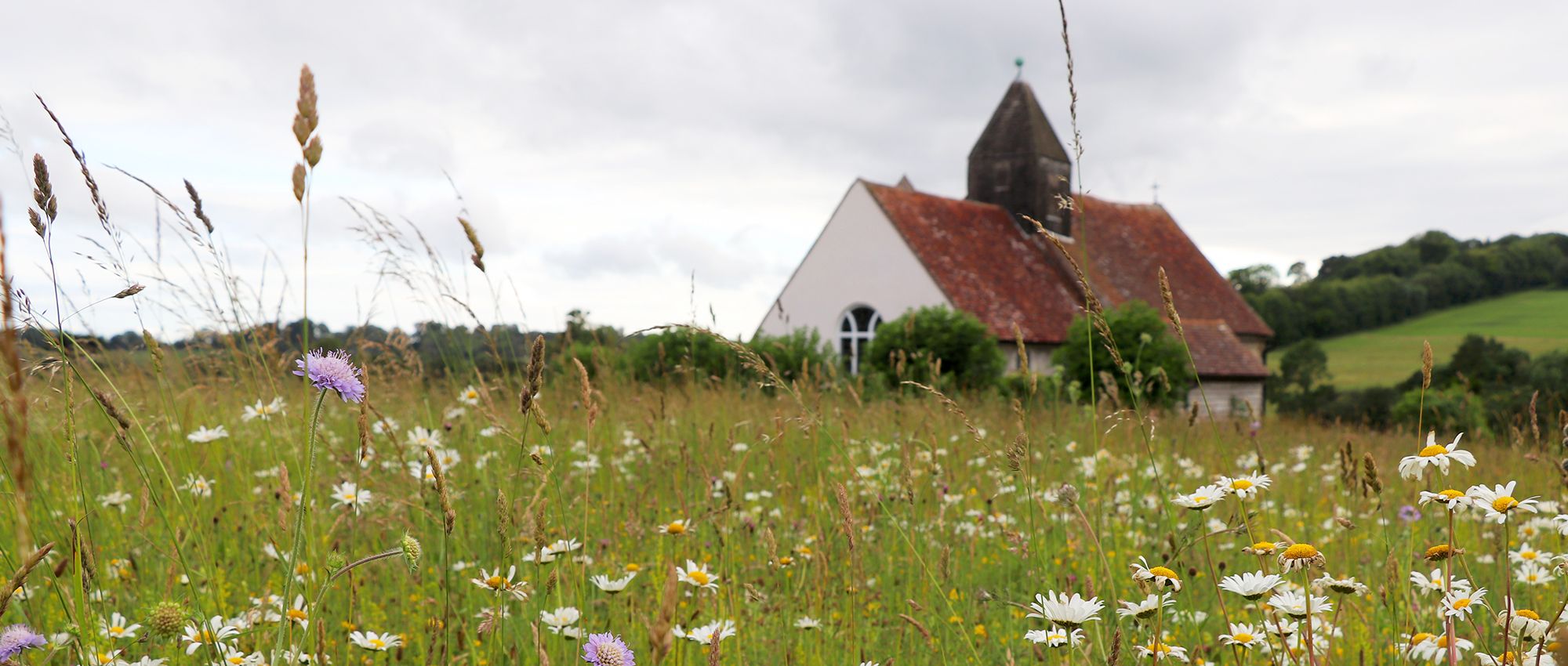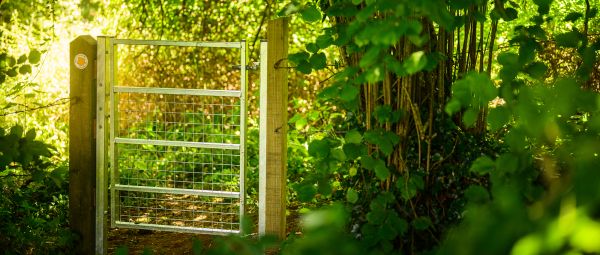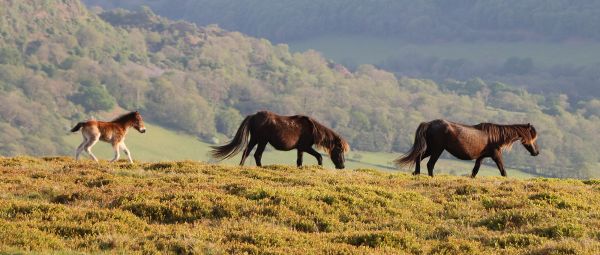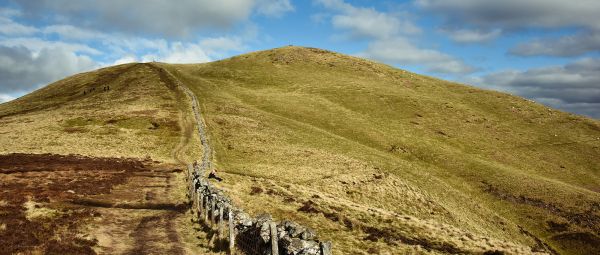Get off my land
How to respond to an intimidating landowner in England or Wales

Advice relevant to England and Wales only. Find information about access rights in Scotland.
Dealing with challenges presented by landowners
Most landowners and farmers are friendly and welcoming to walkers in the countryside. It’s not uncommon for people living in farmhouses to offer cold drinks to walkers hiking past on a hot day.
But sometimes you may encounter a landowner who is less happy to see walkers on their land even if you are responsibly exercising your legal right to walk on public rights of way.
If you find yourself in this unfortunate position, here’s our advice on what landowners can and can’t ask of you, plus what to do if you have a problem with a landowner.
If a landowner challenges you
It can be frightening to be confronted by a stranger when you are walking somewhere you have a legal right to be. Unfortunately, there are occasionally cases where landowners harass or intimidate members of the public because they own the land adjoining a public right of way.
If you are walking on a path you know to be a public right of way and a landowner or farmer intimidates or threatens you, we advise you follow these steps:
-
Remain calm and civil
-
Politely but firmly assert your right to walk the public path
-
Avoid getting into a debate. Keep it brief and walk away from the conversation
-
If you are threatened with violence, call the police immediately
Report the incident
Under Section 130 of the Highways Act 1980, the highway authority has a duty to “assert and protect the rights of the public to the use and enjoyment of” any public right of way. So once you are safely home, report the incident to the local highway authority.
Warning signs and notices
Landowners must not display signs that mislead the public and try to put us off walking on public paths. You may however encounter all kinds of warning signs such as the following:
Bulls
If there is a bull being kept in a field with cows, a farmer can and should display a sign which says “bull in field” to inform the public. The farmer should not display signs which suggest the bull ought to be avoided such as “Warning! Danger! Aggressive bull in field”.
Dogs
On public rights of way, dogs are allowed to be off the lead as long as they are under “close control”. Landowners can display polite notices asking the public to keep their dog on a lead around livestock or ground-nesting birds. But they should not display signs suggesting it is illegal to let your dog off the lead.
Private, keep out and trespassing
If you are on a public right of way, landowners must not display signs which give the impression that you are trespassing. If you come across any sign like this, please report it directly to the local highway authority (county council or unitary authority).
Informal diversions
Landowners can also suggest informal diversions if they would prefer the public to use a different route around their land. For example, some landowners have paths going through their gardens and prefer the public to walk around the outside.
As long as the original path remains unobstructed and landowners do not challenge the public walking through the garden path, it is fine for them to display polite notices pointing the public towards a preferred alternative. The notice should not suggest that the original path is closed or diverted.
Most walkers prefer to walk outside of gardens near residential properties and often these informal diversions work for all involved.
However, the best way to protect the public’s right and for the landowner to gain peace of mind is for the landowner to apply for a diversion under Section 119 of the Highways Act 1980.
More information
The Countryside Code is your guide to walking responsibly in the countryside. It contains further advice on how to walk safely and responsibly through farms.

Dealing with problems on public paths
The Ramblers guide to reporting problems on public rights of way in England and Wales. Who is responsible, how to contact them and what to expect.

Rules around keeping animals in fields with paths
When walking, you may encounter animals in a field that you consider to be dangerous. Read our summary of the rules to see if you should take action.

Trespass
If you walk on private land without permission to do so you may be trespassing. Read our guide to yours and the landowner’s rights.